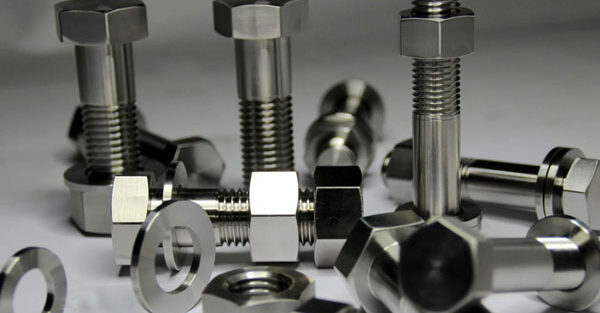For more than a century, stainless steel has proven to be a food-safe material. After all, it does not corrode, rust, or produce a suitable environment for hazardous germs. In terms of hygiene and durability, stainless steel’s 20th-century discovery continues to make waves in the food and beverage sectors.
Today, stainless steel is employed in a variety of commercial culinary applications, both before and after the kitchen.
Today, much of our food is processed, cleaned, and packed before it reaches a store or kitchen. The entire procedure must take place under sanitary circumstances.
Today, the food and beverage sectors consume more than 30% of all stainless steel produced. These applications include:
Agricultural applications
Electrical and mechanical equipment, fences, gates, irrigation, and storage tanks.
Food processing
Hot water lines, bulk storage, delivery, and preparation.
Food preparation
Cutlery, surfaces, pots and pans, sinks.
Presentation
Display racks, cake stands, hot dog rollers.
Self service machines
Dispensers, vending machines, ticket machines
Essentially, stainless steel is used at every level of the process of delivering meals and drinks to the general public.
What makes Stainless Steel Food Grade?
Food grade stainless steel is perfect for hygienic food handling applications; however, not all stainless steel is food grade. Steels are graded depending on how well they perform in different tests and meet specific specifications. The traits we’re searching for in stainless steel are quality, durability, and temperature resistance. Stainless steels that meet the grade (see what I did there?) are suitable for food preparation, storage, and dining.
304 is the most often used stainless steel in the food and beverage sector. 304 stainless steel is resistant to oxidization and corrosion. The high nickel percentage contributes to corrosion resistance, while the chromium content prevents rusting. 304 stainless steel is widely used in commercial kitchens and food processing businesses.




